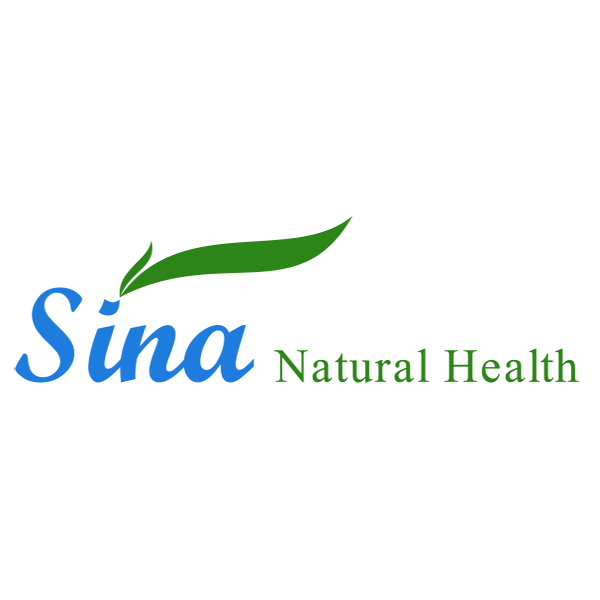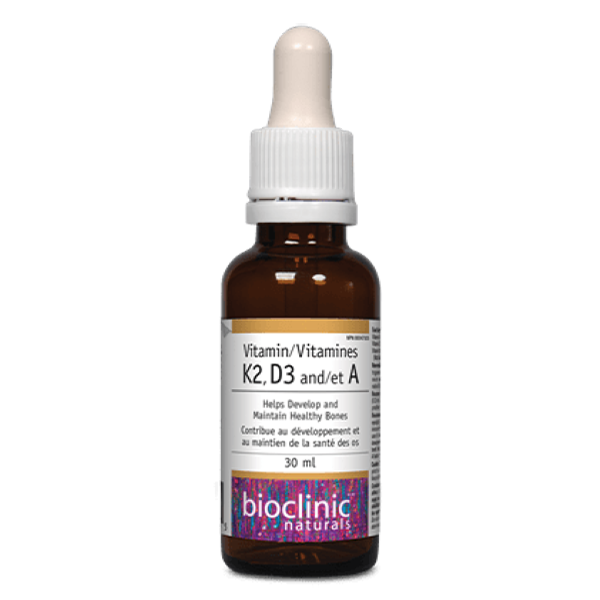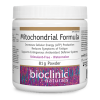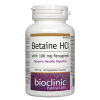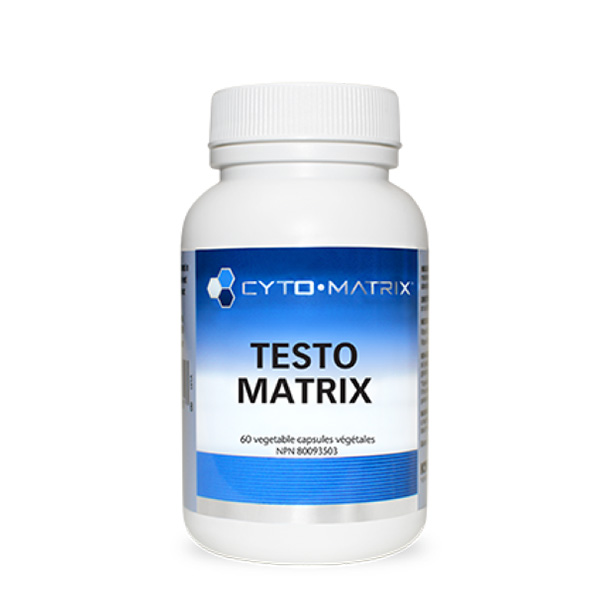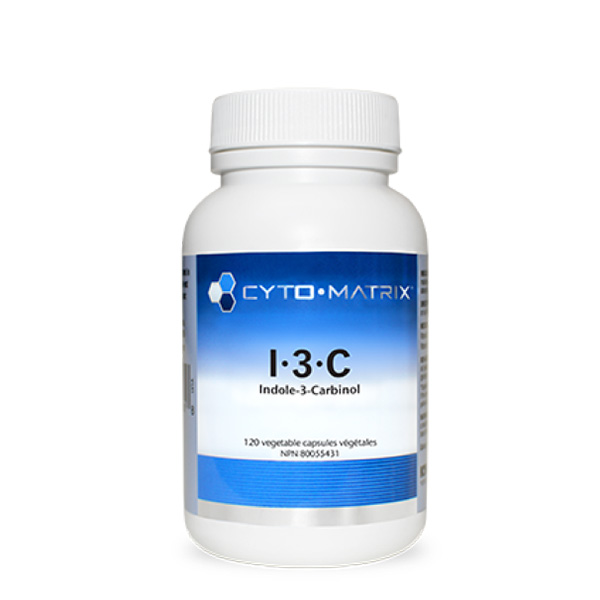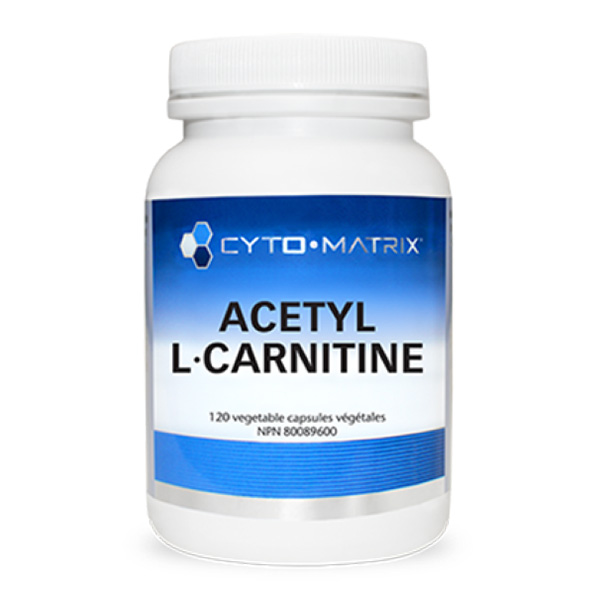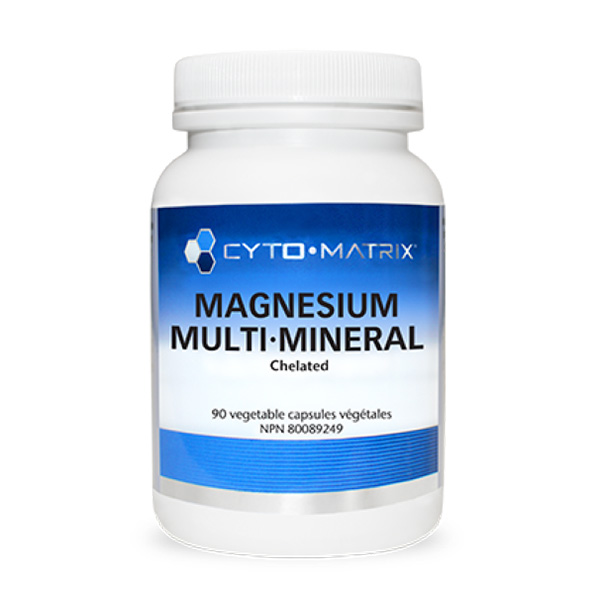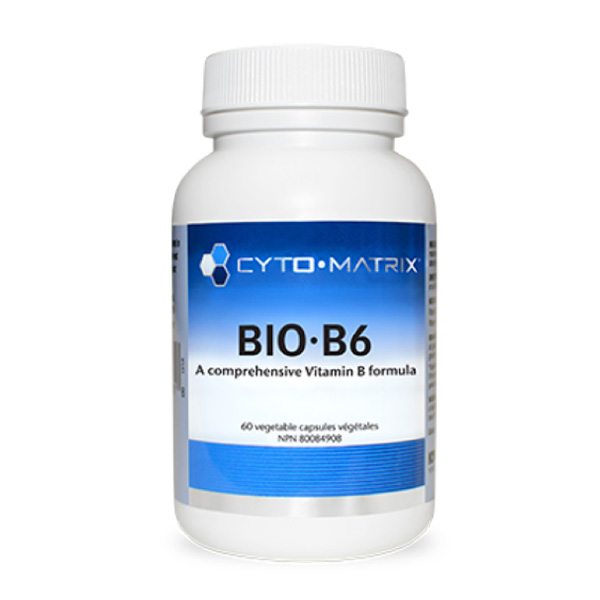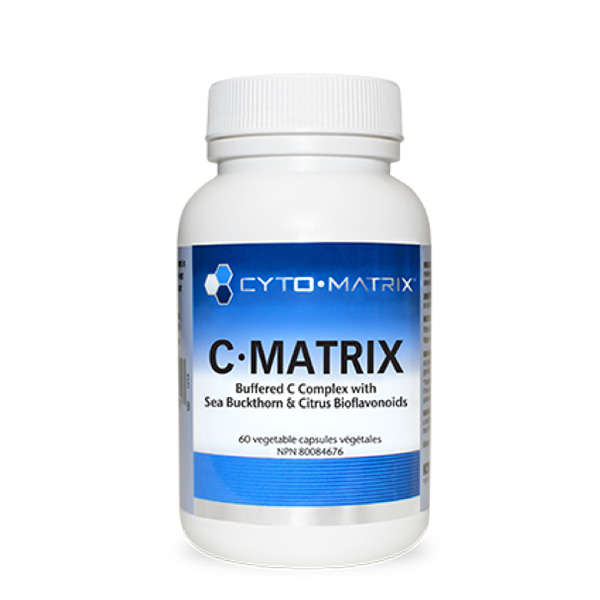Bioclinic – Vitamin K2, D3 and A
Helps Develop & Maintain Healthy Bones
30 mL Liquid ( SKU: 9317, NPN: 80047935 )
Benefits
- Offers balance of key fat-soluble vitamins, A, D, and K, critical to bone health
- Contains vitamin K2 (MK-7), the most bioactive and long-lasting form
- K2 (MK-7) helps increase vertebral bone mineral density among postmenopausal women
- Provides vitamin D3 effective in maintaining blood levels of 25-OH vitamin D23
- Optimal form of vitamin A, palmitate
- Suitable for vegetarians
Feature Summary
Vitamin K2, D3 and A provides clinically relevant doses of the three fat-soluble vitamins essential to optimal bone health. Although needed for cardiovascular health, blood sugar regulation, immune function, and inflammation control, vitamins A, D, and K2 have complementary physiological bone-related functions, such as modulating gene expression in osteoblasts and carboxylating osteocalcin, an enzyme needed for bone formation.1 This is exemplified by a reduction in undercarboxylated osteocalcin and an increase in bone mineral density (BMD) in postmenopausal women when vitamin K is added to vitamin D supplementation.2,3,4
Vitamin D has diverse and significant functions in multiple body systems, and widespread deficiency magnifies these crucial roles.5,6 Supplementation is associated with a well-established reduction in osteoporotic fracture when taken daily at a clinically relevant dose.7,8 Correcting a vitamin D deficiency is critical when supplementing with vitamin A, as vitamin A appears to promote bone health if vitamin D levels are adequate.9,10,11 Additionally, maternal vitamin A levels during pregnancy have been associated with the peak bone mass and bone strength of their children, highlighting the unrecognized importance of vitamin A for lifelong bone health, in parallel to the effect of vitamin D on peak bone mass.12,13 Vitamin K is now recognized as necessary for the carboxylation of enzymes critical for both bone and blood vessel health.14-18 Indeed, meta-analysis has shown an improvement in vertebral bone mineral density (BMD) and a reduction in fracture among postmenopausal women with osteoporosis, while controlled trial data shows a reduction in the age-related decline in BMD among healthy postmenopausal women.19,20 The naturally derived MK-7 form in Vitamin K2, D3 and A has a longer half-life than any other form.21,22
Medicinal Ingredients
| Each Serving (4 Drops [0.25 ml]) Contains: | |
| Vitamin A (Palmitate) | 500 IU (151 mcg RAE) |
| Vitamin D3 (Cholecalciferol) | 1000 IU (25 mcg) |
| Vitamin K2 (Menaquinone-7) (MK-7) (natto bean) | 50 mcg |
Non-Medicinal Ingredients
Medium chain triglycerides, organic flaxseed oil, natural vitamin E (non-GMO sunflower oil), natural vanilla flavour
Allergens:
Contains no artificial colours, preservatives, or sweeteners; no dairy, starch, sugar, wheat, gluten, yeast, corn, egg, fish, shellfish, salt, tree nuts, or GMOs. Suitable for vegetarians. Sealed for your protection. Do not use if seal is broken. For freshness, store in a cool, dry place.
Recommended Use:
1 serving (0.25 ml) per day or as directed by a health care practitioner.
Contraindications
Consult a health care practitioner prior to use if you are taking blood thinners. Keep out of reach of children.
Drug Interactions
Vitamin K may antagonize the effect of some anticoagulant medications, and concurrent use should be medically supervised. When taken with a thiazide medication (diuretic), vitamin D may increase the risk for hypercalcemia. Also, vitamin D may improve insulin sensitivity and lower blood pressure, requiring a reduction in dosage of hypertension and/or diabetic medications. Vitamin A should not be taken with other synthetic retinoids, such as acitretin or bexarotene.
- Doyon, M., Mathieu, P., &Moreau, P. (2013). Decreased expression of g-carboxylase in diabetes-associated arterial stiffness: impact on matrix Gla protein. Cardiovasc Res, 97(2), 331-8.
- Cockayne, S., Adamson, J., Lanham-New, S., et al. (2006). Vitamin K and the prevention of fractures: systematic review and meta-analysis of randomized controlled trials. Arch Intern Med, 166(12), 1256-61.
- Je, S.H., Joo, N.S., Choi, B.H., et al. (2011). Vitamin K supplement along with vitamin D and calcium reduced serum concentration of undercarboxylated osteocalcin while increasing bone mineral density in Korean postmenopausal women over sixty-years-old. J Korean Med Sci, 26(8), 1093-8.
- Van Ballegooijen, A.J., Pilz, S., Tomaschitz, A., et al. (2017). The synergistic interplay between vitamins D and K for bone and cardiovascular health: a narrative review. Int J Endocrinol, 7454376.
- Dickens, A.P., Lang, I.A., Langa, K.M., et al. (2011). Vitamin D, cognitive dysfunction and dementia in older adults. CNS Drugs, 25(8), 629-39.
- Martins, D., Wolf, M., Pan, D., et al. (2007). Prevalence of cardiovascular risk factors and the serum levels of 25-hydroxyvitamin D in the United States: data from the Third National Health and Nutrition Examination Survey. Arch Intern Med, 167(11), 1159-65.
- Prentice, R.L., Pettinger, M.B., Jackson, R.D., et al. (2013). Health risks and benefits from calcium and vitamin D supplementation: Women’s Health Initiative clinical trial and cohort study. Osteoporos Int, 24(2), 567-80.
- Yao, P., Bennett, D., Mafham, M., et al. (2019). Vitamin D and Calcium for the prevention of fracture: a systematic review and meta-analysis. JAMA Netw Open, 2(12), e1917789.
- Caire-Juvera, G., Ritenbaugh, C., Wactawski-Wende, J., et al. (2009). Vitamin A and retinol intakes and the risk of fractures among participants of the Women’s Health Initiative Observational Study. Am J Clin Nutr, 89(1), 323-30.
- Bettoun, D.J., Burris, T.P., Houck, K.A., et al. (2003). Retinoid X receptor is a nonsilent major contributor to vitamin D receptor-mediated transcriptional activation. Mol Endocrinol, 17(11), 2320-8.
- Ribaya-Mercado, J.D., &Blumberg, J.B. (2007). Vitamin A: is it a risk factor for osteoporosis and bone fracture? Nutr Rev, 65(10), 425-38.
- Balasuriya, C.N.D., Larose, T.L., Mosti, M.P., et al. (2019). Maternal serum retinol, 25(OH)D and 1,25(OH)2D concentrations during pregnancy and peak bone mass and trabecular bone score in adult offspring at 26-year follow-up. PLoS One, 14(9), e0222712.
- Gudmundsdottir, S.L., Hrafnkelsson, H., Sigurdsson, E.L., et al. (2020) Serum 25-hydroxyvitamin D concentrations in 16-year-old Icelandic adolescent and its association with bone mineral density. Public Health Nutr. 23(8), 1329-33.
- Geleijnse, J.M., Vermeer, C., Grobbee, D.E., et al. (2004). Dietary intake of menaquinone is associated with a reduced risk of coronary heart disease: the Rotterdam Study. J. Nutr, 134(11), 3100-5.
- McCann, J.C., &Ames, B.N. (2009). Vitamin K, an example of triage theory: is micronutrient inadequacy linked to diseases of aging? Am J Clin Nutr, 90(4), 889-907.
- Schurgers, L.J., Cranenburg, E.C.M., &Vermeer, C. (2008). Matrix Gla-protein: the calcification inhibitor in need of vitamin K. Thromb Haemost, 100(4), 593-603.
- Yamaguchi, M., &Weitzmann, M.N. (2011). Vitamin K2 stimulates osteoblastogenesis and suppresses osteoclastogenesis by suppressing NF-kB activation. Int J Mol Med, 27(1), 3-14.
- Yasui, T., Miyatani, Y., Tomita, J., et al. (2006). Effect of vitamin K2 treatment on carboxylation of osteocalcin in early postmenopausal women. Gynecol Endocrinol, 22(8), 455-9.
- Huang, Z.B., Wan, S.L., Lu, Y.J., et al. (2015). Does vitamin K2 play a role in the prevention and treatment of osteoporosis for postmenopausal women: a meta-analysis of randomized controlled trials. Osteoporos Int, 26(3), 1175-86.
- Knapen, M.H.J., Drummen, N.E., Smit, E., et al. (2013). Three-year low-dose menaquinone-7 supplementation helps decrease bone loss in healthy postmenopausal women. Osteoporos Int, 24(9), 2499-507.
- Schurgers, L.J., Teunissen, K.J.F., Hamulyak, K., et al. (2007). Vitamin K-containing dietary supplements: comparison of synthetic vitamin K1 and natto-derived menaquinone-7. Blood, 109(8), 3279-83.
- Sato, T., Inaba, N., &Yamashita, T. (2020). MK-7 and Its effects on bone quality and strength. Nutrients, 12(4):965.
- Logan, V.F., Gray, A.R., Peddie, M.C., et al. (2013). Long-term vitamin D3 supplementation is more effective than vitamin D2 in maintaining serum 25-hydroxyvitamin D status over the winter months. Br J Nutr, 109(6), 1082-8.
Related Documents
| Weight | 0.1 kg |
|---|
